Five Alco locomotives no one wanted: In the annals of locomotive history, there are a great many success stories. The GP7, the U25B, and the SD40-2 spring to mind for many railfans. But among these successes, there are of course failures, models forgotten to time. This article highlights five locomotives from the famed manufacturer Alco that, for one reason or another, no one wanted.
Alco C415
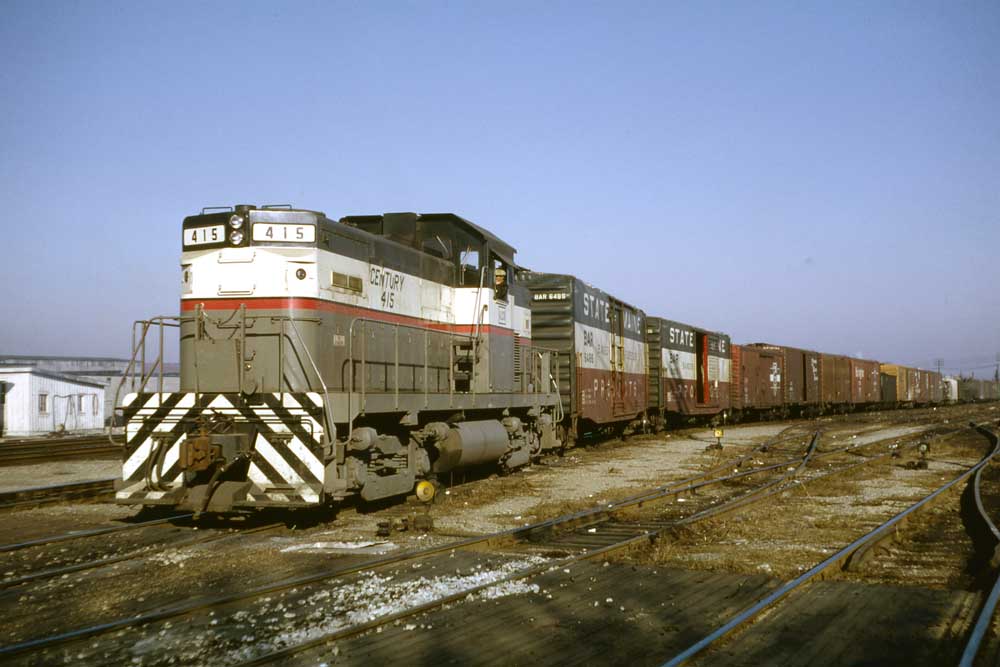
Alco C415 failure was not what the famed locomotive maker had in mind in the 1960s. At the time, Alco saw a need to revamp its switcher offerings and came up with the offset centercab configuration C415, which launched as a demonstrator in 1966. The arrangement separated the prime mover from the radiator on different ends, causing the need for more wiring and piping and a longer driveshaft, compared with competing (and prior) models.
In the end, Alco sold just 26 C415s before ending all diesel locomotive production in 1969. That compares poorly with EMD’s SW1500, which was introduced the same year, sold more than 808 units through 1974. That disparity qualifies the C415 for the “diesel that didn’t” moniker.
Read more about the Alco C415 here
Alco Black Marias
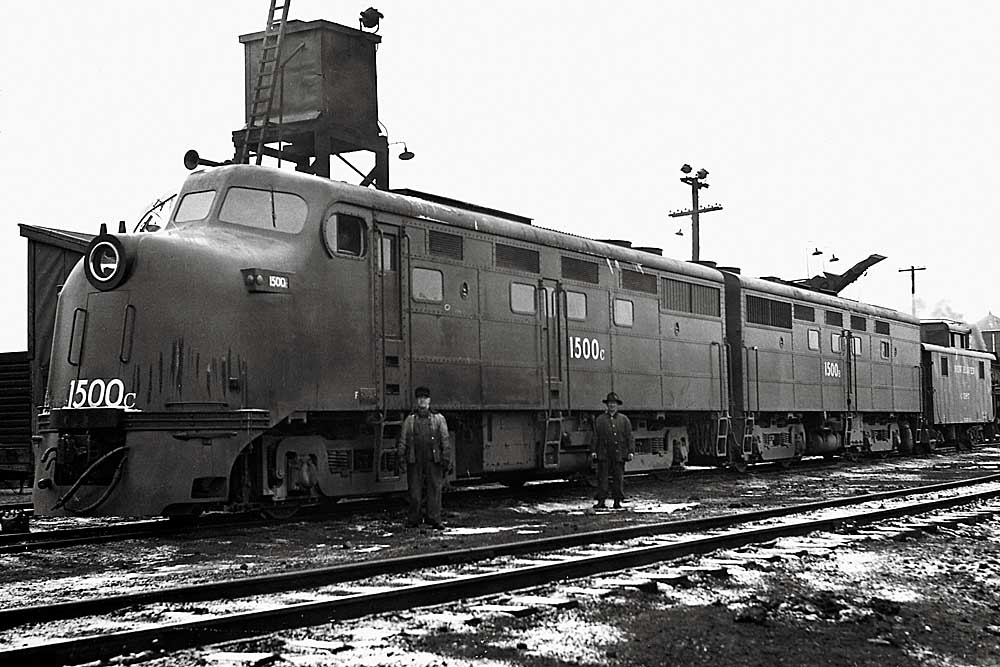
The Alco Black Marias, a trio of prototype cab units, were the builder’s initial attempt to enter the mainline diesel locomotive market after World War II.
The U.S.’s World War II War Production Board closely monitored the railroad locomotive builders and what they could and could not produce. Alco sought permission from the Production Board in 1943 to build a road diesel in preparation for the eventual cessation of hostilities and the eventual relaxation of rules allowing it to actively compete in the postwar economy.
Photographs of the Alco Black Marias are exceedingly rare, not for fan lack of interest but mitigating factors including they were all black, there was no fanfare from the builder, and lineside photography during the war could get you in trouble with the government. It was a different time and a different mindset.
Read more about the Alco Black Marias here
Alco RS27
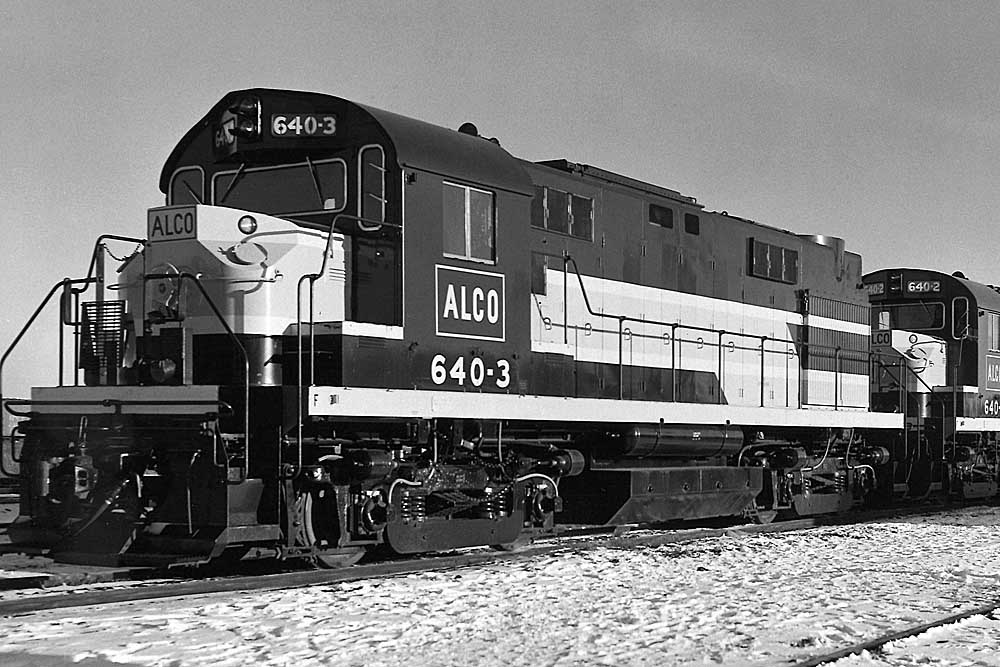
It’s tough when professional engineers create a decent locomotive that builds on successes, and pitfalls, of the past and still nobody really wants it. That was the Alco RS27, also referred to as the DL640. The demonstrators came in a maroon and gray paint scheme with gold stripes. All units had a distinctive one-piece windshield above the nose.
Only 27 were built between December 1959 and October 1962. But think about what was being offered by the competition in that period — EMD’s GP20 and later GP30 and the revolutionary new GE U25B. In hindsight, the Alco never stood a chance.
Alco later redesigned the RS27 into the more popular C424 and C425 with, notably, a two-piece windshield.
Alco S5
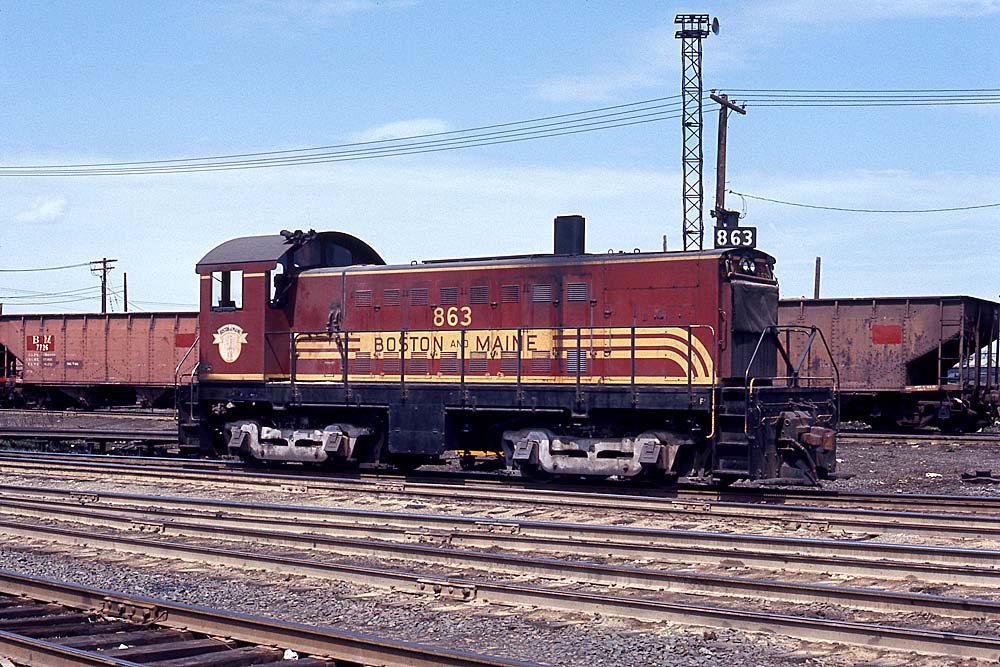
The Alco S5 locomotive is one of those locomotive designs that seemed like a good idea at the time, was engineered well, ran well, but almost no one wanted to purchase.
Alco built a demonstrator and promptly picked up an order for six for Boston & Maine. Almost as quickly as it was introduced, engineers made a few more improvements, redesignated it the 251B, upped the horsepower to 900 and created the almost identical S6. Almost 100 of the latter soon plied the rails, leaving the S5 a minor player in locomotive history.
Only one S5, No. 864, managed to escape. After a stint as an industrial switcher, it resides at the Mad River & NKP Railroad Museumin Bellevue, Ohio.
Read more about the Alco S5 here
Alco C855
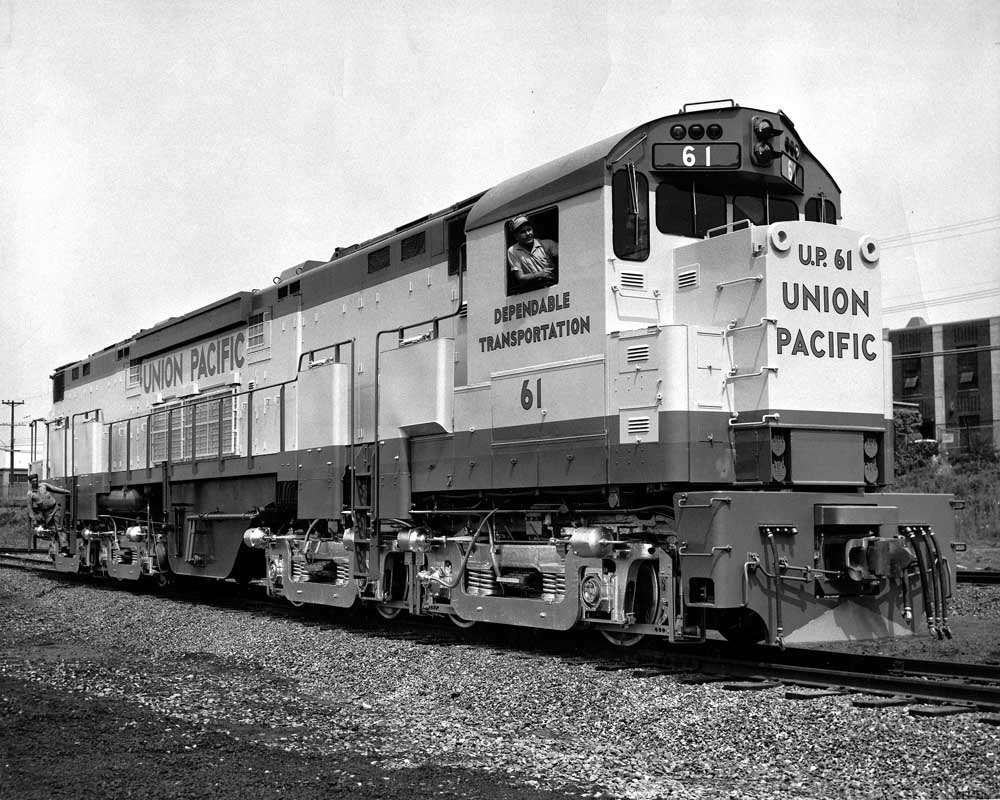
The Alco C855 locomotives is a locomotive that Union Pacific should have never considered purchasing.
Alco’s answer to EMD’s various model DDs and GE’s U50 series locomotives was the C855. In 1964 Union Pacific bought three. Officially, the builder cataloged these eight-axle units riding on four two-axle trucks as DL855A for the cab units, and DL855B for the cabless booster.
When the C855 worked, they worked well, and were considered great pullers. But they suffered reliability issues, and the three purchased by Union Pacific purchased were the extent of the C855’s production run.









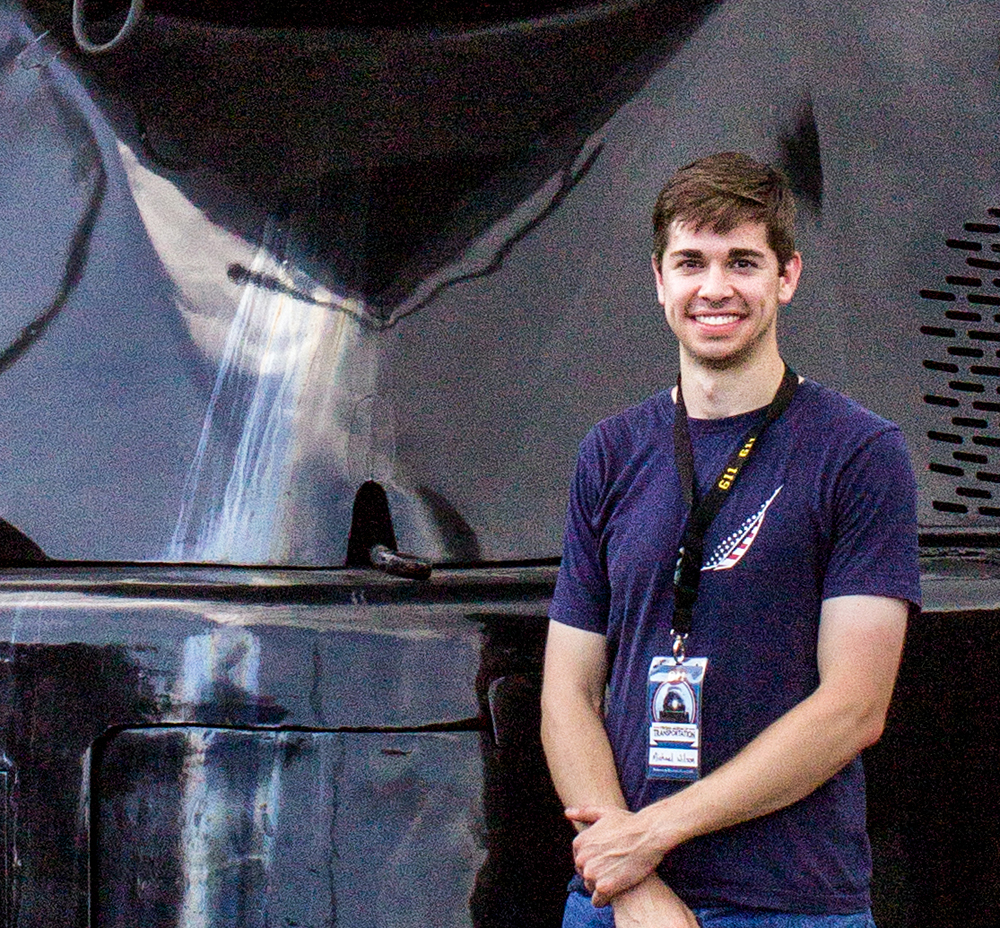




This is an interesting article and was a fun read, but it is filled with typographical errors that probably should have been caught in proofreading.